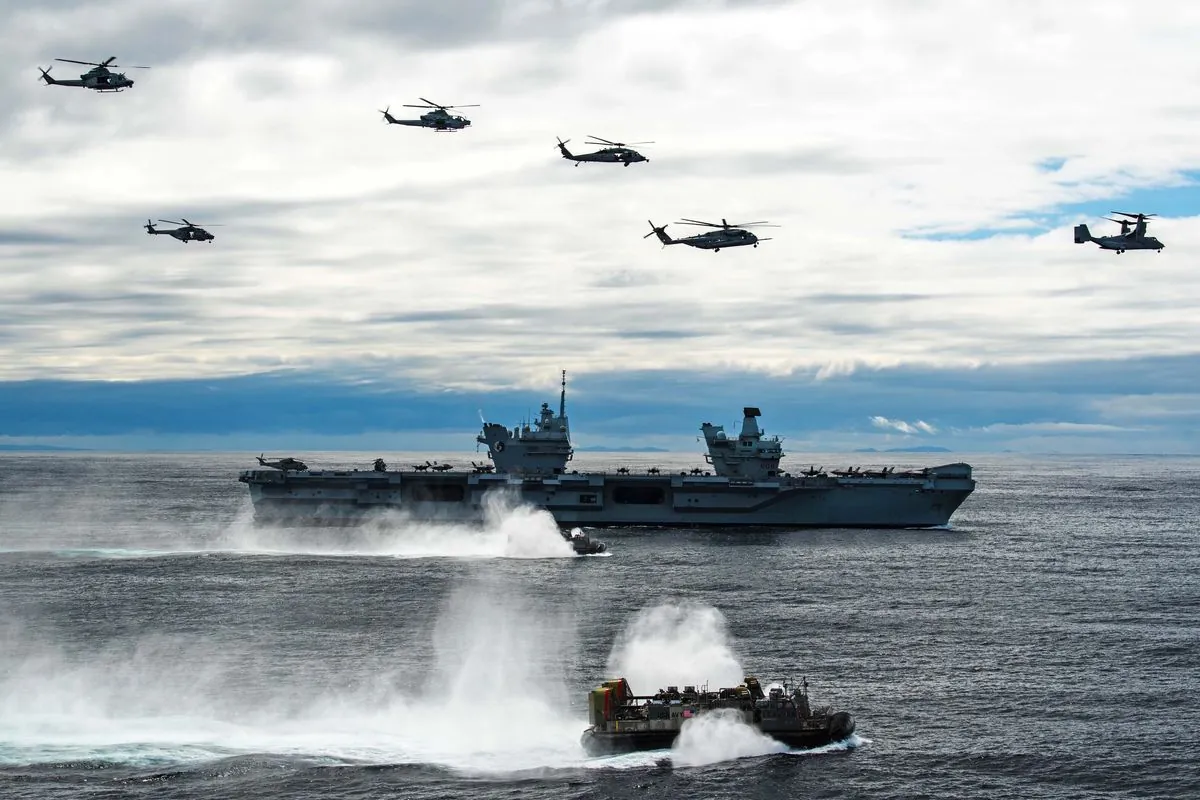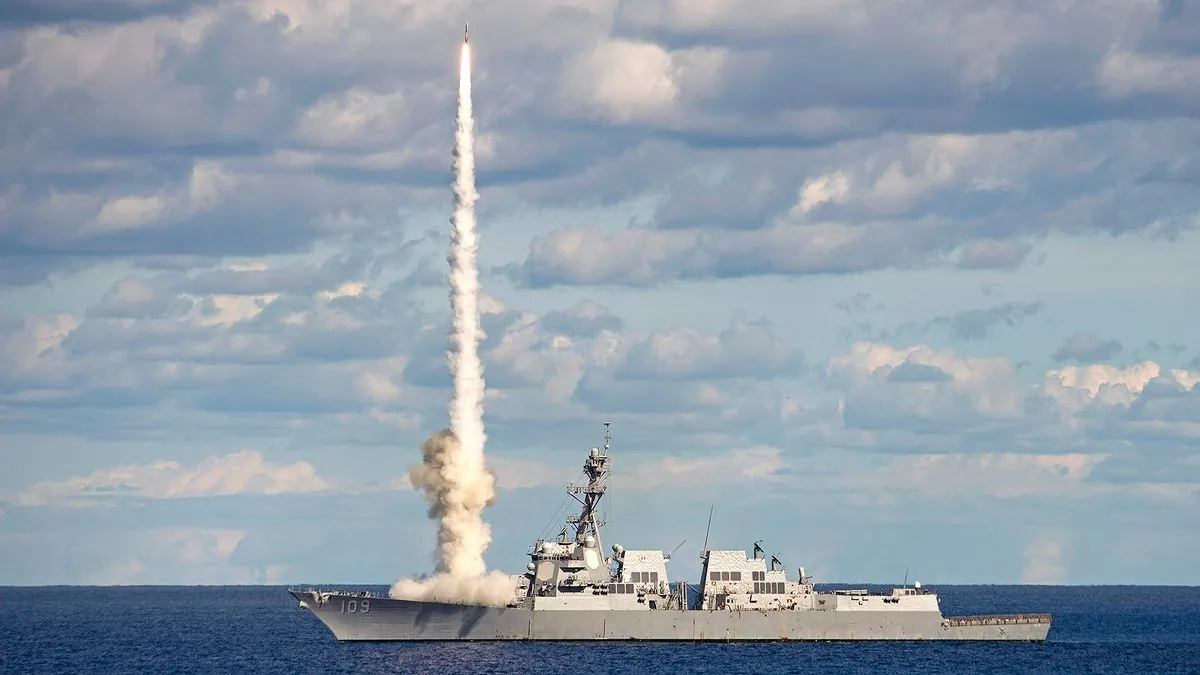US Navy Adapts Combat Strategies, Eyeing 2027 China Challenge
The US Navy is learning from recent conflicts to prepare for potential confrontation with China. Admiral Lisa Franchetti's new plan aims to boost readiness, efficiency, and technological integration by 2027.

The United States Navy is actively adapting its strategies based on recent combat experiences in the Red Sea and observations of Ukraine's tactics in the Black Sea. This effort is part of a broader preparation for potential future conflicts, particularly with China.
Admiral Lisa Franchetti, the first woman to serve as Chief of Naval Operations, has introduced a new navigation plan with seven priority goals. These objectives aim to enhance combat readiness, improve maintenance efficiency, upgrade infrastructure, boost recruiting efforts, and advance the use of drones and autonomous systems.
A key focus of the plan is to ensure the Navy's preparedness by 2027, a year that Chinese President Xi Jinping has reportedly set as a target for potential military action against Taiwan. The situation in Taiwan remains tense, as the self-governing island, which split from communist China in 1949, continues to resist Beijing's demands for unification.
"I'm very focused on 2027. It's the year that that President Xi told his forces to be ready to invade Taiwan. We need to be more ready."
The Navy is drawing valuable lessons from Ukraine's successful sea denial tactics in the Black Sea, which have effectively limited Russian naval activities. Similarly, the ongoing engagement with Houthi rebels in the Red Sea has provided real-time combat experience, described as the most intense naval battle since World War II.

Admiral Franchetti highlighted the importance of adapting existing systems to new challenges. For instance, sailors have modified shipboard guns to more effectively counter drone threats, demonstrating the Navy's ability to innovate in response to evolving warfare tactics.
The development and integration of unmanned and autonomous systems is a crucial aspect of the Navy's modernization efforts. This includes work on larger robotic systems and artificial intelligence applications to enhance battlefield awareness and control.
However, the Navy faces significant challenges, including financial constraints and competition with China's rapidly expanding naval force. To address these issues, the plan emphasizes improved collaboration with other military branches, including the Army, Air Force, Space Force, and Marines.
A critical goal of the new plan is to eliminate maintenance delays that often hinder ship deployments. Admiral Franchetti stressed the importance of timely ship maintenance in ensuring a combat-ready fleet.
As the Navy implements these changes, it remains committed to its role in maintaining global maritime security and deterring potential conflicts. The success of this ambitious plan will be crucial in shaping the future of US naval power and its ability to respond to emerging threats in an increasingly complex geopolitical landscape.


































